Diane’s Newsletter 20th August 2018
 is the 14th letter of the English alphabet.
is the 14th letter of the English alphabet.
I once read an article (originally published in the Readers’ Digest) where it was claimed that N was initially a pictorial representation of a fish. The Digest also suggested that it could be seen as a camel with a hump (which, by stretching one’s imagination, is more probable). I then checked with Wikipedia and I discovered that the Semites, who created the first alphabet from Egyptian hieroglyphics, used the hieroglyphic for ‘snake’ as the letter ‘N’, while the Phoenicians, Etruscans and Greeks used the symbol ‘nun’ (fish) for the same letter.
From a numerological point of view N, especially as the first letter of the first name, indicates someone who is probably restless and even adventurous. This is a person who likes to try out different experiences, who is imaginative and who is usually quite adaptable. N also hints at good mental powers and an analytical approach though, when it comes to decision making, it can be difficult for the N to decide which path to take. The colours associated with N are pale blue, green-blue and turquoise.
Guest Post
My Pet Hate
Nick, Melbourne, Australia
 Dark streets and bad lighting versus my instinct and the patron saint of joggers whoever that might be. Up until last week my instinct and the saint usually always came out on top, but last week was when my right foot went splat into something soft. I slid several metres down the footpath, did something between a pirouette and a party demonstration of stepping on marbles, and miraculously retained my balance. I came to a sudden stop. I couldn’t see anything, because as you may remember it was dark. But I didn’t need to see anything, I could smell it. Dog poo spattered all over my almost new adidas runners – the ones that cost me the best part of 300 bucks.
Dark streets and bad lighting versus my instinct and the patron saint of joggers whoever that might be. Up until last week my instinct and the saint usually always came out on top, but last week was when my right foot went splat into something soft. I slid several metres down the footpath, did something between a pirouette and a party demonstration of stepping on marbles, and miraculously retained my balance. I came to a sudden stop. I couldn’t see anything, because as you may remember it was dark. But I didn’t need to see anything, I could smell it. Dog poo spattered all over my almost new adidas runners – the ones that cost me the best part of 300 bucks.
I’m a jogger. I get up around 4.30 most mornings and do a six to eight kilometre circuit of the neighbourhood. It is exhilarating and it helps with the long commute to work. I love jogging, I don’t really mind the commute, even if it drags out at times, but I hate, and I really, really hate, dog poo. If your three-year-old squatted down in a public place, you might turn red with embarrassment, but you’d clean up after him (you would, wouldn’t you?). So what’s the difference?

There are fines for dog owners who turn a blind eye to their dog’s choice of toilet location, but without a DNA register some dog owners obviously feel that they can literally s- -t in both the fines and the general public. I have watched dog owners standing nonchalantly by while their dog does its business before calling the dog to heel and walking off as though the little pile of steaming brown dung on the footpath has nothing to do with them.
Most dog owners are very responsible, but it’s the few who aren’t that are the problem. Perhaps DNA testing is the way to go. Then I might know where to send the bill for my new adidas running shoes.
Negative Words
I have noted that many words in English, denoting negation, begin with N
no, not, neither, none, never, nowhere, nobody, nothing, nought, no one, nil
This does not necessarily mean that N is in itself a negative letter; perhaps it is doing its best to be positive while having to spell out words like nothing and no, which could be rather soul destroying over a long period of time. Although, compared with U (think of all the ‘un’ words: unfaithful, unhappy, unapproachable, unhelpful. . . ) N probably has very little to complain about.
Nevertheless, it would be nice if one of the other letters in the alphabet could take over the job for a while. Z doesn’t have a lot to do, but I’m not sure if zo, zever and zothing would really catch on.
I’m not completely sure that nought should be seen as a negative word; it is, after all, simply an indication of nothing – neither positive nor negative. My feeling is, unfortunately, that nought is well and truly headed for the scrapheap. I grew up in a time when the digit 0 = nought, but at some point the American zero moved in and, what with films and, later on, the internet, it has completely overtaken nought as the name of the digit 0. At least in Australia, many children would probably look blankly at you if you were to use the term nought. I suppose zero fits in well with my idea of handing some of the responsibility to Z. . .
Nellie Bly
Even if you have no idea as to who Nellie Bly was you may have heard the rhyme that begins: ‘Nellie Bly caught a fly and tied it to some string
Let it go a little way and pulled it back again. . .’.
It was actually the rhyme that roused my interest and I decided to find out whether or not Nellie was a real person. She was and she wasn’t. Nellie Bly was the pen name of American journalist Elizabeth Jane Cochrane, and in all probability Elizabeth was influenced by the song Nellie Bly written by Stephen Foster and not the rhyme noted above.
Nellie (or Elizabeth) was born in 1864 into a working-class family in Pittsburgh, and when she was still in her late teens she wrote several articles on the lives of working women for the Pittsburgh Dispatch. The editor was impressed and she was taken on as a journalist.
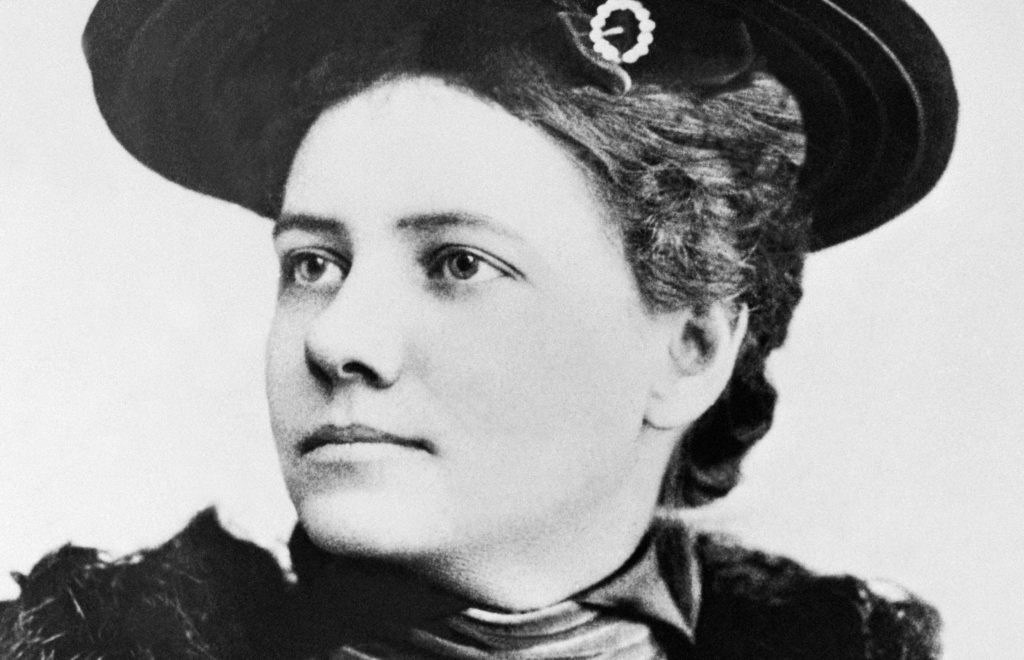
In the late 1880s, Nellie was asked by her editor if she would be prepared to write something to expose the way mental asylums were being run. She knew that the only way to do this would have to be from the inside. To achieve this end, she dressed in rags, acted somewhat insane and fronted up to a boarding house for working women. The conditions were similar to most mental asylums: bad food; cruel, sadistic matrons; sick, exhausted boarders. After Nellie had convinced the boarding house staff that she had no idea who she was and that she was completely paranoid, she was referred to the courts and then to a hospital for evaluation. Was she mentally deranged? Was she a prostitute? Was she on drugs?

(Photo by Stock Montage/Getty Images)
It was while she was being evaluated that Nellie experienced the extremes of abuse and ill treatment meted out to so-called charity cases. She soon learnt that it was useless to complain about things like disgusting food or lack of blankets because, as a charity case, she had no right to complain. Abuse, both physical and mental, was rampant, and patients actually died. The doctors were inept, often confusing starvation and exhaustion as signs of mental illness. Many of the patients labelled ‘insane’ were simply the product of unjust social conditions or else they were migrants who had little or no command of English.
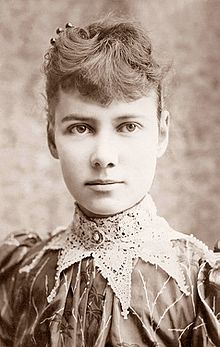 After several weeks, the doctors decided to commit her and she was sent to Blackwall’s Island mental hospital. Having succeeded in her mission and finally being able to interview patients in secret, she no longer had any reason to act paranoid, but the doctors continued to see her as mentally unstable. Thankfully Nellie’s editor secured her release and she immediately published her story.
After several weeks, the doctors decided to commit her and she was sent to Blackwall’s Island mental hospital. Having succeeded in her mission and finally being able to interview patients in secret, she no longer had any reason to act paranoid, but the doctors continued to see her as mentally unstable. Thankfully Nellie’s editor secured her release and she immediately published her story.
The thought that so many women, incarcerated in places like Blackwall’s Island, were completely sane horrified Nellie as did the thought that those women who actually had mental problems were not getting the help they needed.
The story shook the establishment and changes were made. Many of the doctors and nurses were sacked and the City of New York gave the asylum US$1,000,000 to enact further reforms.
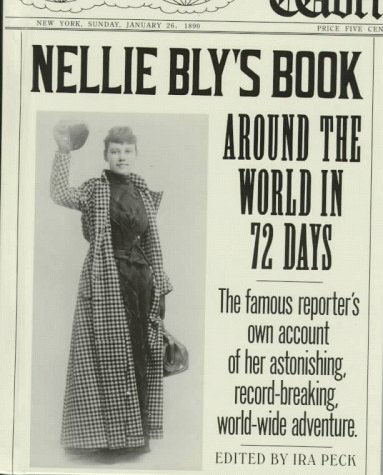
Nellie continued with what would later be called investigative journalism, and in 1889 she did her own version of Jules Verne’s ‘Around the World in Eighty Days’ (she managed it in seventy-two days). She eventually married a very wealthy man, twice as old as herself, and when he died she became a very rich woman. She died at the age of 57 after contracting pneumonia.
Read Nellie Bly’s article: Ten Days in a Mad House
Information sources: Abby Norman, wikipedia
Images: Blackwell History Net, OUPblog, PBS, wikipedia
North Country Trail and The Narrows
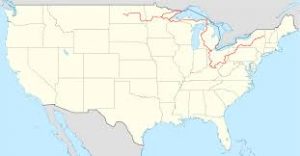 This time I was really split between two walks in America: North Country Trail, 7,400 kilometres, and The Narrows, 26 kilometres. In the end, I decided on both of them. The North Country Trail runs through the states of New York, Pennsylvania, Ohio, Michigan, Wisconsin, Minnesota and North Dakota. It was created in 1980 and comprises existing trails as well as new link trails.
This time I was really split between two walks in America: North Country Trail, 7,400 kilometres, and The Narrows, 26 kilometres. In the end, I decided on both of them. The North Country Trail runs through the states of New York, Pennsylvania, Ohio, Michigan, Wisconsin, Minnesota and North Dakota. It was created in 1980 and comprises existing trails as well as new link trails.
As can be imagined, the North Country Trail, or the NCT covers a variety of landforms, vegetation and experiences. It runs through forests, wilderness areas, national parks, prairies, woods, and places of historic importance. It has been labelled as easy to strenuous, which should suit practically every type of walker. To do it in one hit I would imagine that you would need the best part of a year (which, of course, would also include winter).
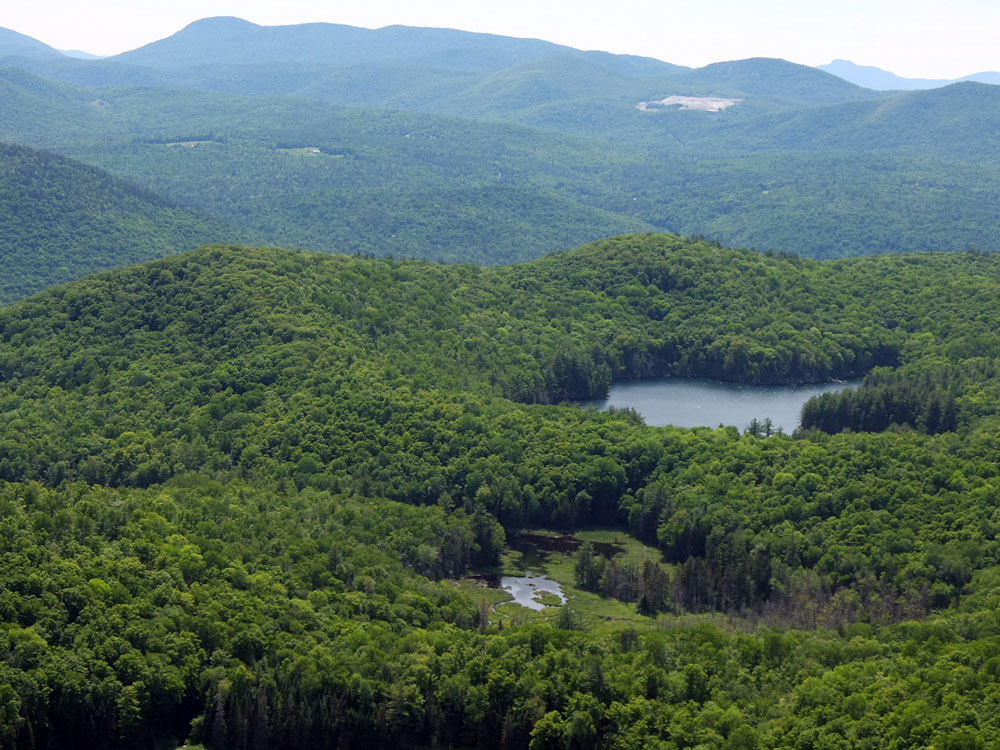
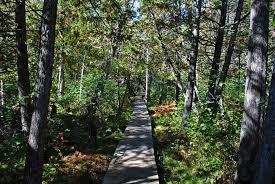
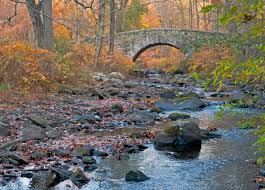
Many people do manage the entire Trail, taking small sections at a time; for example, one couple completed the Trail in 17 years. However, I also read about a hiker who, in 2013, was hoping to hike the entire Trail in around seven months and become the fourth hiker to hike the Trail end-to-end. (and, yes, he did manage what he set out to achieve).
The Narrows is much shorter (26 kilometres) and possibly not quite as varied. It runs along the Virgin River in the Zion National Park, Utah, and according to what I have read the best time to do the walk is in the Northern summer.

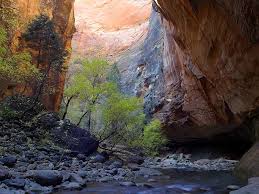 It is, however, not a walk for anyone who does not like getting wet. The gorge comprises the narrowest section of the Zion Canyon, which is about 600 metres in height and 6 metres in width (but much narrower in some places). As the Virgin River runs through the gorge, with water stretching from canyon side to canyon side, it is obvious that anyone doing the walk has to be prepared for some serious paddling if not swimming.
It is, however, not a walk for anyone who does not like getting wet. The gorge comprises the narrowest section of the Zion Canyon, which is about 600 metres in height and 6 metres in width (but much narrower in some places). As the Virgin River runs through the gorge, with water stretching from canyon side to canyon side, it is obvious that anyone doing the walk has to be prepared for some serious paddling if not swimming.

Starting at Chamberlain’s Ranch, the track winds down to the river and into the gorge and eventually reaches the Temple of Sinawava, which is the end point. Although this is a relatively short walk it is made more strenuous by the river walking, where large round stones can be both slippery and deceptive. I would, however, imagine that the amazing views of the canyon would negate any such difficulties. If you are considering The Narrows, be advised that you must have a permit, available from Zion National Park Wilderness Desk.
Images: Map from wikipedia. Images of NCT from wikipedia and North Country Trail Organization
Images of The Narrows from shutterstock, wikipedia and wikimedia
NAAN BREAD
This recipe makes 8 breads

Ingredients
1 teaspoon sugar
1/2 cup warm water
2 1/2 teaspoons dry yeast
2 1/4 cups plain flour
1/2 cup plain yoghurt
1 tablespoon oil
Some oil for greasing the skillet (or frying pan)
3 tablespoons melted butter or margarine
Method
1. Place sugar, water and yeast in a bowl. Mix together. The yeast becomes foamy when activated (5-10 minutes). Place the flour on a large board or table top and make a well in the centre. Pour in the yeast mixture, yoghurt and oil. Knead the dough until smooth and shiny (8-10 minutes). If the dough is sticky, add more flour. Cover with a cloth and let rise for about 40-50 minutes.
2. Divide the dough into 8 equal portions. Flatten each portion to a 20 centimetre circle using your hand and a rolling spin. Make sure that the circle is relatively thin.
3. Heat up a skillet* and lightly grease the surface with oil. Place a circle of dough on the skillet. When it puffs up, turn it over and cook the other side. Repeat with all the circles.
4. Brush the Naan with melted butter and serve warm.
* As I do not own a skillet, I used an ordinary frying pan, and it worked really well. Just make sure that it is hot.